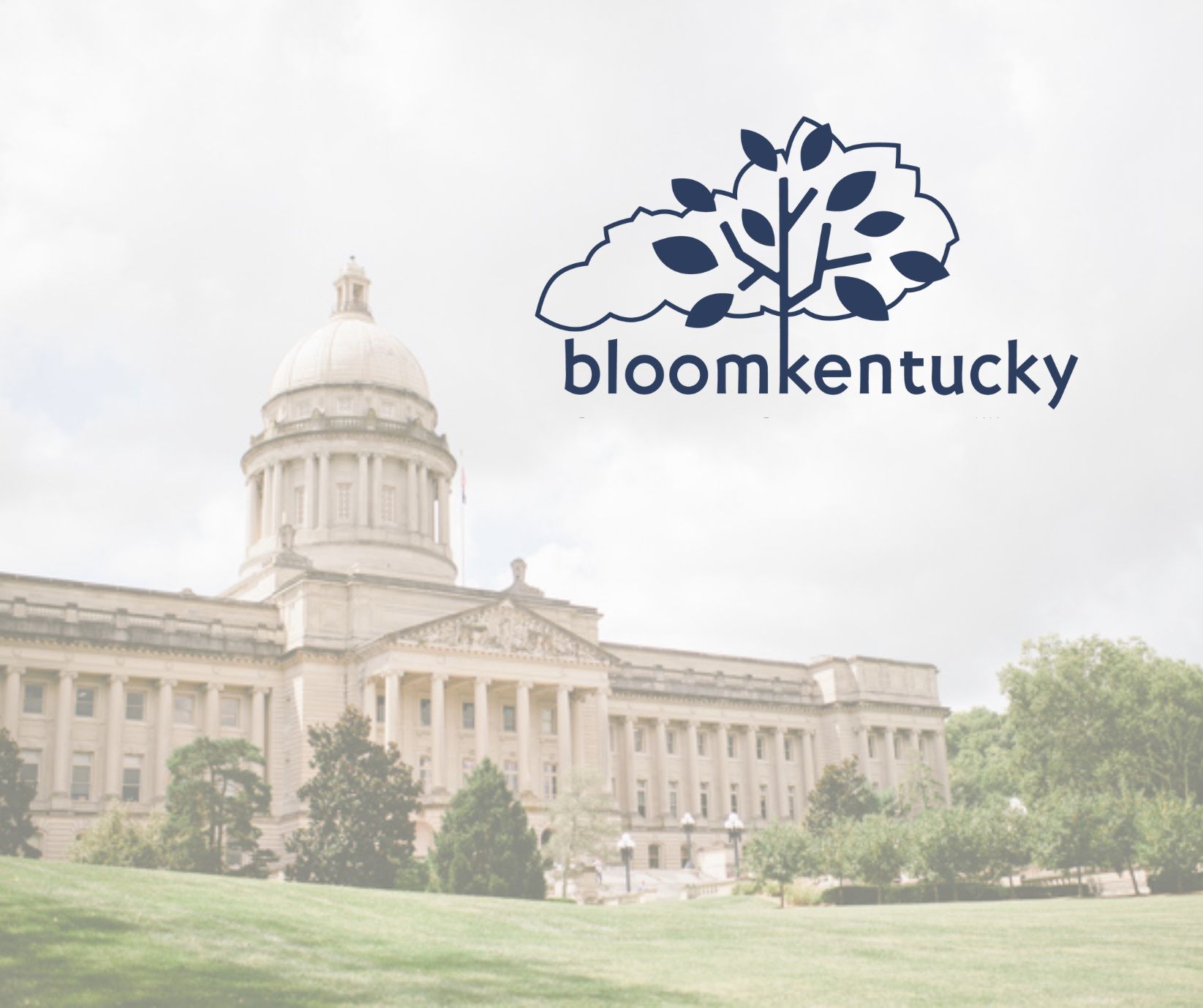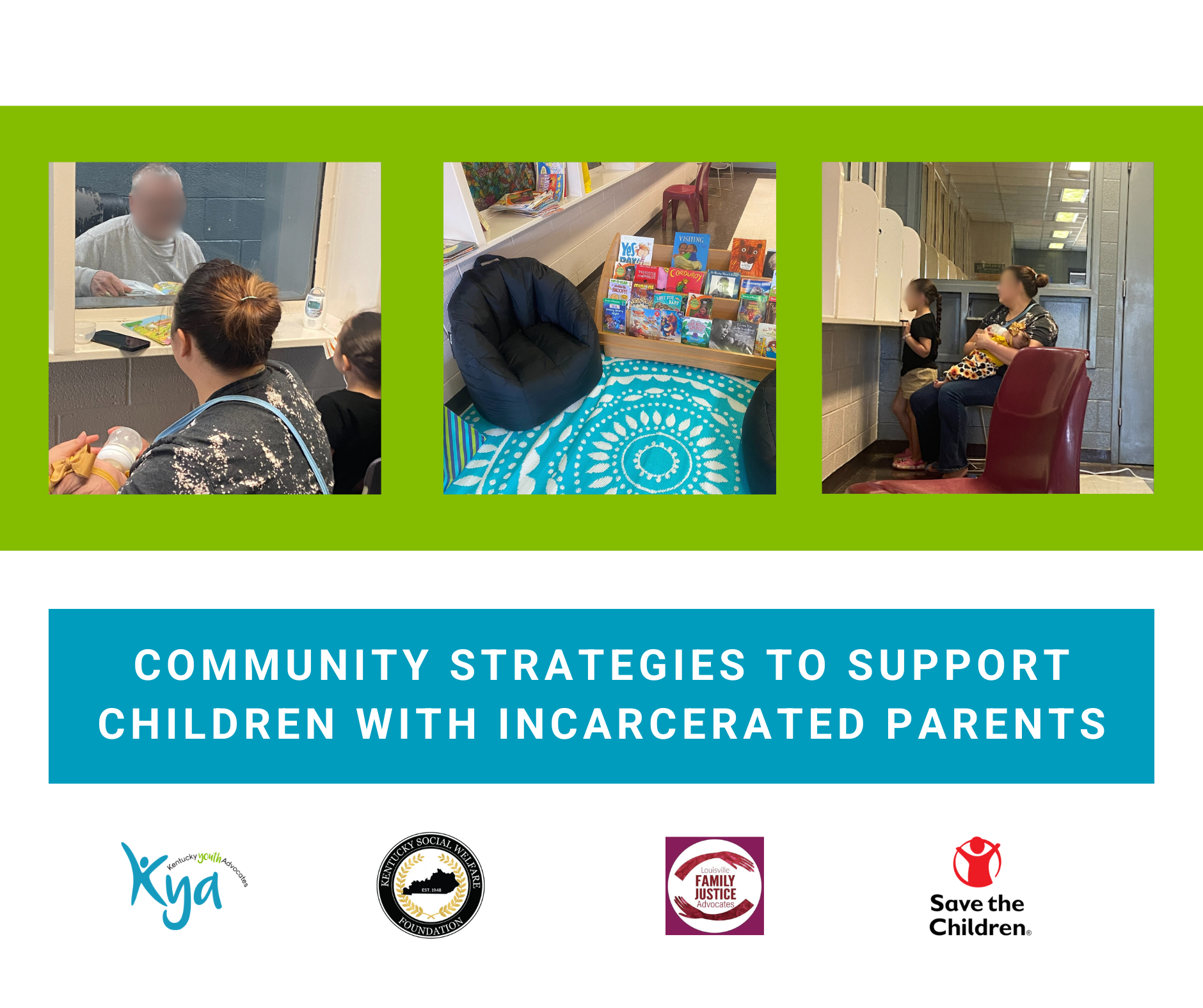 Child advocates in Kentucky are entering the annual policy prioritization process by working together to develop the 2015 Blueprint for Kentucky’s Children agenda. By now you have likely participated in the annual policy survey, debated with fellow advocates about what priorities should be included, served on a workgroup, helped to fund the efforts, passed information on to your colleagues, and/or shared your ideas about what we need to focus on to make Kentucky the best place to grow up. It is an exciting process and daunting at the same time because there is so much to do.
Child advocates in Kentucky are entering the annual policy prioritization process by working together to develop the 2015 Blueprint for Kentucky’s Children agenda. By now you have likely participated in the annual policy survey, debated with fellow advocates about what priorities should be included, served on a workgroup, helped to fund the efforts, passed information on to your colleagues, and/or shared your ideas about what we need to focus on to make Kentucky the best place to grow up. It is an exciting process and daunting at the same time because there is so much to do.
Child advocates were extremely successful during the 2014 legislative session winning in many areas: juvenile justice, child care, oral health, kinship care. This has refilled our sense of accomplishment – but we all know there is so much more to do.
Being effective at speaking up for kids in Kentucky is a major challenge that keeps me, along with so many of our partners, supporters, and fellow advocates, up at night. Are we taking the right approach? Are we influencing the right folks? Do we have enough money to keep up the fight? Did we miss an opportunity? Do we know all the facts? Should we have been more proactive? Etc…
Where do we start? We at Kentucky Youth Advocates start with the data, not just anecdotes or politics. In order to turn the curve, we have to be aware of the problems we want to address. For instance, we want to improve oral health outcomes for children in Kentucky. What does this mean? What children specifically should we focus our efforts on? What racial inequities need to be addressed? What is the population level result we are looking to change? Is there data available to make the case?
After over a decade of working on behalf of Kentucky’s kids, I was recently selected to participate in an 18 month leadership program called the “Leadership Institute for State Based Advocates” sponsored by the Annie E Casey Foundation. I along with 13 child advocacy leaders from around the country delved into learning how to become more effective advocates for children. We tackled the questions I laid out above. It was an extremely challenging and enriching experience.
We started our time together by reflecting on a few key questions that aimed to assist us in laying the foundation for our results based work. As you read the questions, take a moment to think about what results you would like to see for the children and youth in Kentucky. As we enter the 8th year of putting together a collaborative policy agenda, it is imperative that we set out clear measurable goals that will meaningfully shift outcomes in our state.
- What does successful change look like when it is working for children and families?
- Thinking of the people you want to impact with your policy work: Who are they? Where do they live? What do they look like?
- What is the condition of well-being you want for all children in Kentucky and how would you know you are achieving it?
Thanks to the Annie E Casey staff and faculty members of the Leadership Institute for State Based Advocates for inspiring the blog post and for sharing their wisdom and expertise.






Leave A Comment